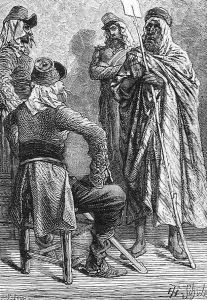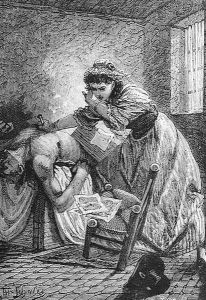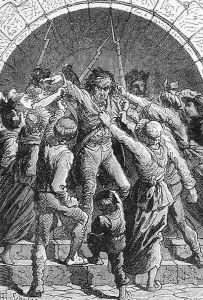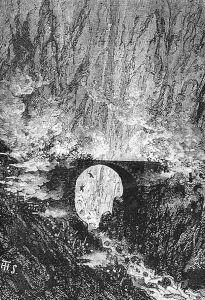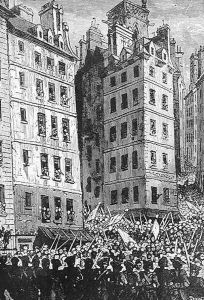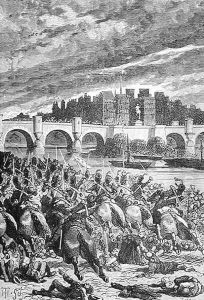Schuler, Jules Theophile Paintings
Jules Théophile Schuler was a French painter and illustrator born in Strasbourg in 1821. He was part of the Romantic movement, which was characterized by its emphasis on emotion and individualism, as well as glorification of the past and nature. Schuler's work was influenced by the likes of Eugène Delacroix and other Romantic painters of the time, but he also drew inspiration from Germanic and medieval traditions, reflecting his native Alsace's unique cultural position between France and Germany.
Schuler received his initial artistic training at the École des Arts Décoratifs in Strasbourg and later continued his studies in Paris. His time in Paris exposed him to the vibrant artistic community and the works of contemporary masters, which further shaped his artistic sensibilities. He was known for his historical and genre scenes, as well as his illustrations for books, which often featured medieval or chivalric themes.
Despite living and working during a period of significant political upheaval and change, including the revolutions of 1848 and the Franco-Prussian War of 1870-71, Schuler maintained a focus on the romantic and narrative elements of art rather than contemporary political subjects. His works are characterized by a keen attention to detail, a vivid imagination, and a predilection for the dramatic and the melancholic.
Jules Théophile Schuler's career was marked by a modest level of success. He exhibited his works at the Paris Salon, a prestigious venue for artists of the time, and his illustrations were well-received by the public. His style, however, did not evolve significantly over time, and as the century progressed, the Romantic movement gave way to Realism and Impressionism, which overshadowed the contributions of artists like Schuler.
Schuler's health declined in the later years of his life, and he passed away in 1878. Although his work did not receive the same level of recognition as some of his contemporaries, his contributions to the Romantic movement in France, particularly through his illustrations and genre paintings, continue to be appreciated by art historians and collectors. His works can be found in various museums and private collections, where they stand as a testament to the enduring appeal of Romantic art.
